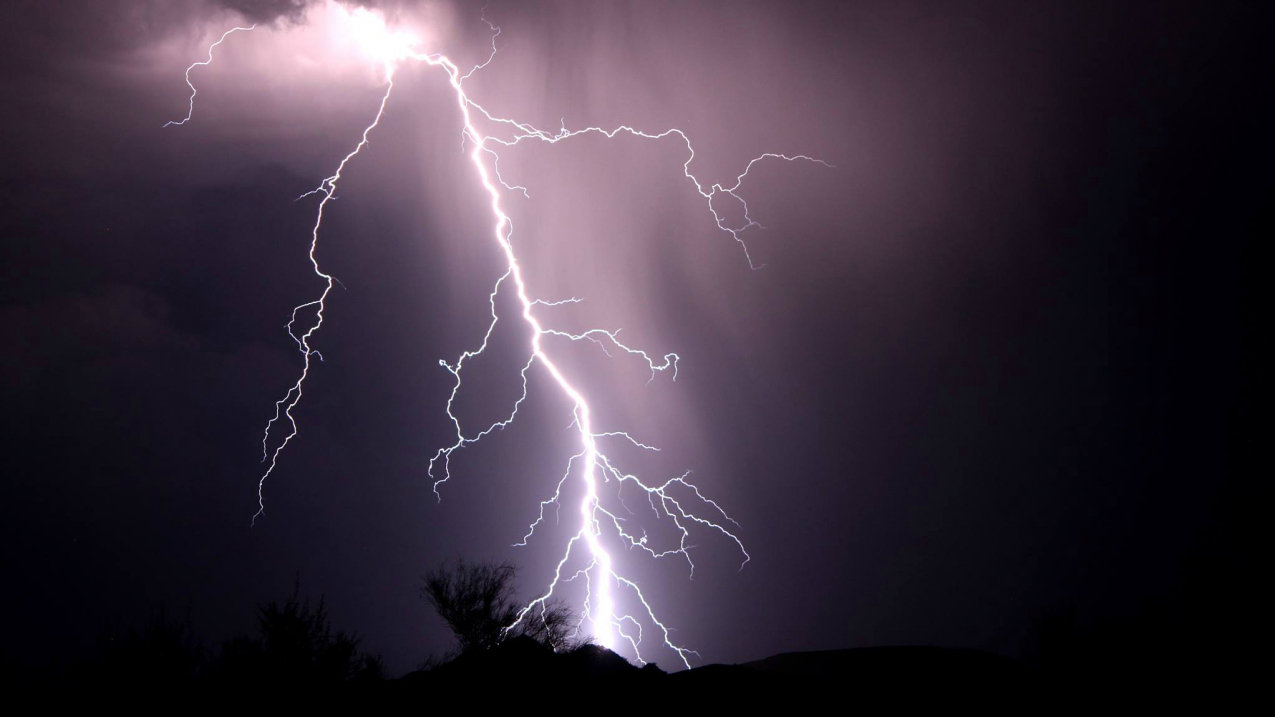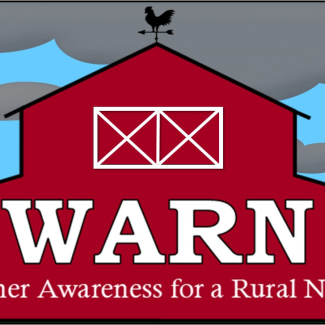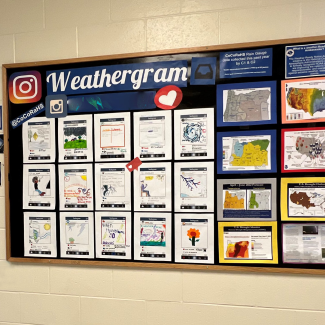Observing the daily weather is part of a regular routine for many of us, helping us decide what to wear and which activities we will do each day. Similar observations of atmospheric conditions are also required by meteorologists to develop those weather forecasts with which we are all familiar.

Lightning strikes the United States about 25 million times a year. (Image credit: Paulina Cwik/NOAA)
Observation methods
Temperature, humidity, precipitation, air pressure, wind speed, and wind direction are key observations of the atmosphere that help forecasters predict the weather. These same factors have been used since the first weather observations were recorded. However, the types and quality of weather instruments and the methods of analyzing observations have changed significantly. Basic weather observation instruments include thermometers, rain gauges, barometers, and anemometers (wind speed meters). Examples of more sophisticated equipment are wind profilers, weather balloons (radiosondes), Doppler radar, and satellites. Even with the highly technical equipment available, human observations offsite link still provide important information about sky conditions, clouds, and the type, size, and amount of precipitation.
Whether it’s the mountainous terrain, the rural nature of the area, or the pockets of extreme poverty, the population of eastern Kentucky is very vulnerable when it comes to severe weather. “Nearly all of our forecast area is vulnerable in some way,” said Jane Marie Wix, Warning Coordination Meteorologist with the National Weather Service (NWS) in Jackson, Kentucky. Following a devastating flooding incident in the region in 2020, one group emerged as particularly at risk: the Amish community.
Weather forecasting
Each day in the United States over 210 million weather observations are processed and used to create weather forecasts. These measurements are obtained from automated instruments, professional meteorologists, and thousands of trained volunteer observers. Observations are recorded and uploaded into powerful computer models that create global and regional weather forecasts. Meteorologists in the 126 National Weather Service local offices combine these large scale forecasts with local observations and their knowledge of local weather patterns to make a forecast for their specific region. Depending on the needs and interests of the community, these may include forecasts for severe weather, aviation weather, fire weather, marine weather, volcanic ash, snow fall, and air quality.
Weather-Ready Nation Ambassadors are organizations that work with the National Weather Service to keep communities safe from weather hazards. In one such partnership, students at a juvenile detention school have taken on that role by sharing weather information in their own voices using the power of music.
EDUCATION CONNECTION
Meteorology, as with any science, is most meaningful when learned through observations, experimentation, hypothesizing, analyzing, testing, and drawing conclusions. Using inquiry based lessons and experiments in the classroom that relate to the weather outdoors can improve student understanding of the processes and patterns of daily weather. The real-time data in this Collection provides relevant and real-world sources of information for math and science educators who are instructing their students in data collection and graphing skills. Looking for patterns in weather observations can help students gain an understanding about the forces of nature at work in the atmosphere around us.



